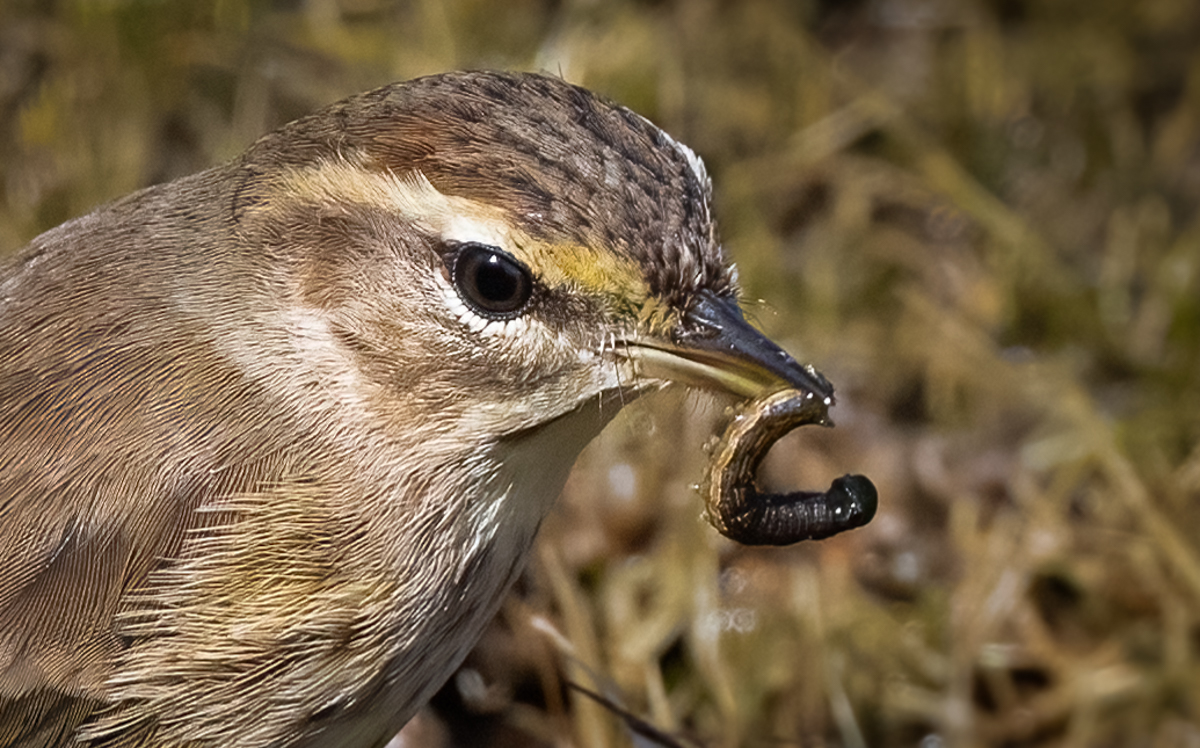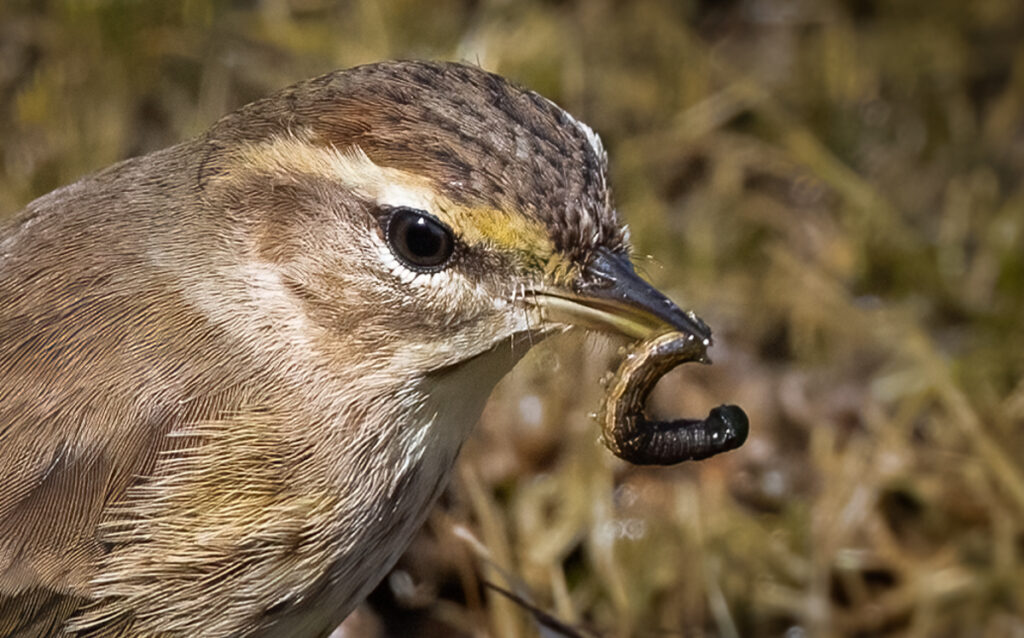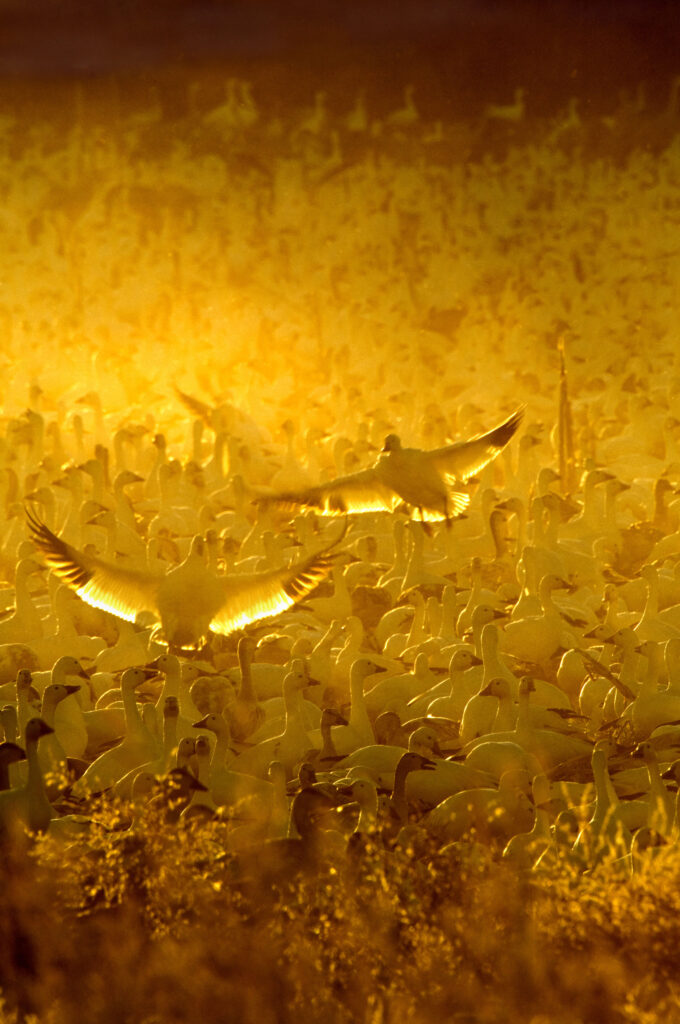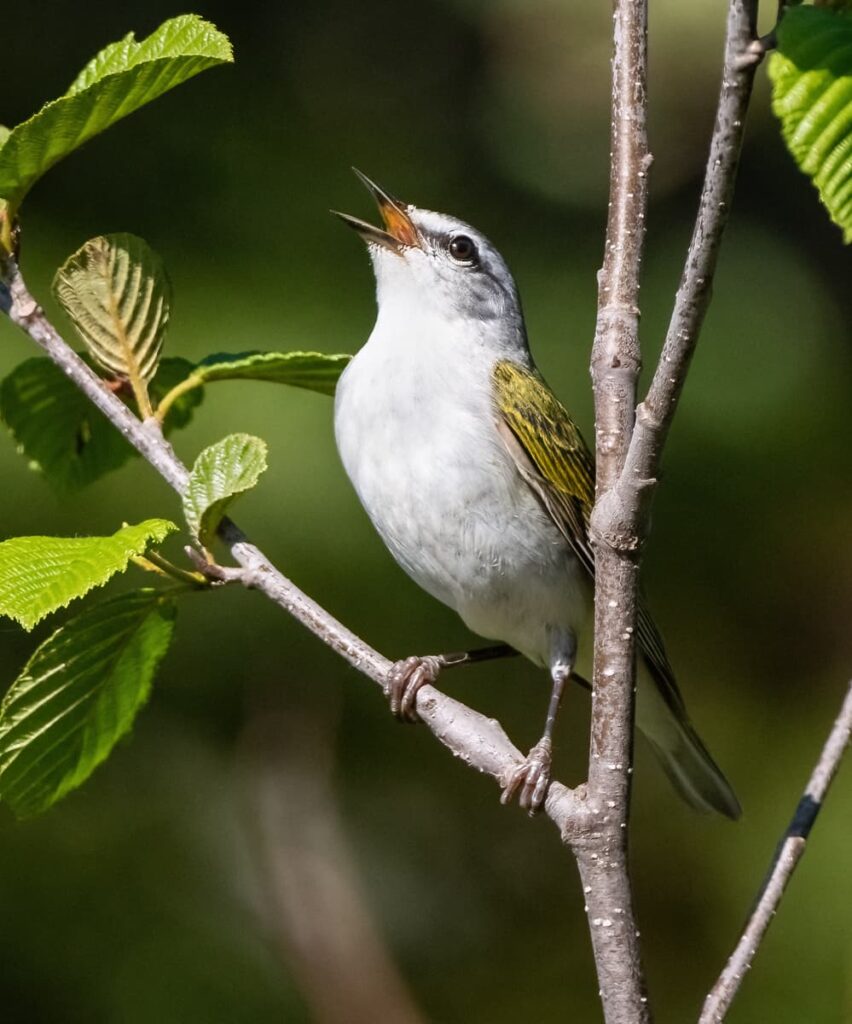
The summer breeding season ends once again, and now millions of migratory birds are either already on or are about to embark on their remarkable journeys, traveling thousands of miles from the northern breeding regions to their wintering grounds further south. In today’s blog we look at some locations where Owen witnessed this spectacular avian odyssey.
Cape May, New Jersey
Cape May is located at the southern tip of New Jersey and is a renowned mecca for birdwatching, especially during the fall migration. The area’s south-facing peninsula makes this location an ideal funneling point as land and sea birds heading south along the Atlantic Flyway make their way to their second homes for winter. There is a Bird Observatory, nature center and hawk platforms to view the migrating raptors, and when Owen visited in October 2003, he saw numerous species like this beautiful Western Palm Warbler refueling before moving further south to the Caribbean. Click here to see the rest of Owen’s photos from that trip.

Bosque del Apache National Wildlife Refuge, New Mexico
Nestled along the Rio Grande in southern New Mexico, Bosque del Apache National Wildlife Refuge is a haven for migrating waterfowl and sandhill cranes. As winter descends upon the northern regions, tens of thousands of snow geese and sandhill cranes converge on the refuge’s wetlands and fields, creating an enchanting spectacle during morning and evening flyouts. The refuge offers well-positioned observation decks and trails, allowing visitors to witness the synchronized dances and melodious calls of these magnificent creatures. Spring migration is also a major spectacle here, and birders come from all over the world to capture these truly breathtaking moments. Owen visited in Spring 2011 but was also fortunate enough to witness a huge variety of birds like these snow geese in abundance during the fall migration of November 2006. You can view more photos from both trips here.

Duluth, Minnesota
The world’s most inland seaport is also an incredible place to watch some 325 species of migrating bird head south along North America’s most traveled routes, the “superhighway” of the Mississippi Flyway. Many observers come here to view the migrating raptors along the aptly named Hawk Ridge above downtown Duluth; a peak migration day can hold up to 100,000 broad-winged hawks! Duluth is also a hotspot for mass warbler migrations too, numbering upwards of 30,000 per day. Many warbler species migrate at night, but direct daytime flights have also been seen over the town towards the Great Lakes. Owen caught some amazing shots of the small passerines during a trip there in summer 2021, but the green expanse of Park Point on the westernmost tip of Lake Superior is a great place where you can often see around 20 species of warbler resting on their journey to South America.

Contacting local Audubon chapters can provide you with valuable insights, tips, and up-to-date information about what to expect during the fall migration in these and many more areas across the country. Each region has its own unique avian attractions, and if you can’t visit the sites we’ve mentioned above, you can still enjoy the beauty of migrating birds in your own locale by creating bird-friendly habitats, joining birdwatching groups, and exploring nearby nature reserves. So, grab your binoculars and immerse yourself in the enchanting world of fall bird migration right in your own backyard.


